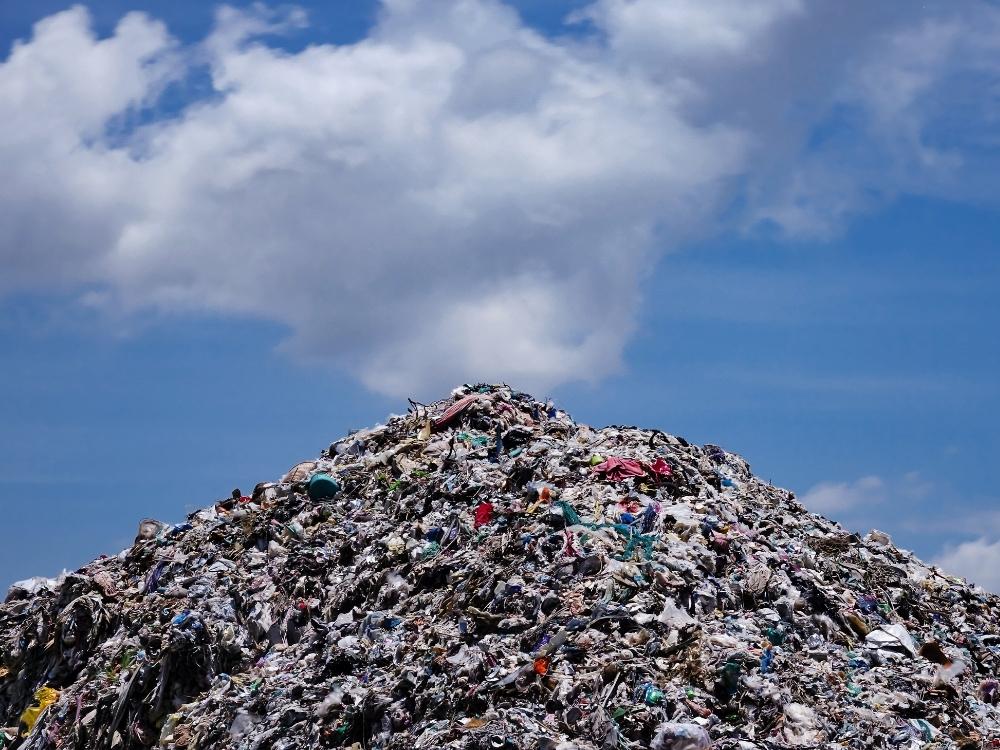
Where does your waste go? Sifting through your end-of-life choices
Nowadays the supermarket shelves are jammed with various rubbish bags. They might be called a ‘kitchen tidy’, ‘rubbish sack’ or a ‘bin liner’ but they serve the same purpose – to conveniently carry your waste to its final destination.
But, they are not all created equal. And it’s worth noting that some materials are more suitable to certain modes of disposal than others. So, let’s run through some of the options currently available in kiwi supermarkets - and look at what type of waste they suit and where they’re most optimally disposed of.
Conventional plastic bags > inorganic waste > landfill
Your regular plastic bag is made from polyethylene (“PE”) - typically either high-density polyethylene (HDPE) or low density polyethylene (LDPE). It’s a sturdy, useful product but it takes hundreds of years to degrade. Single-use plastic bags have been criticised (and ultimately legislated against) because their useful life is short yet it takes considerable resource to produce (polyethylene is derived from natural gas and petroleum). So plastic bags should be reused as many times as possible and then, at end-of-life, sent to landfill containing inorganic, non-recyclable matter.
Compostable/biodegradable bags > organic waste > home/commercial compost
Compostable bags typically contain a mixture of polymers including PBAT, PLA and a plant-based polymer (such as corn-starch or sugarcane). Compostable materials are designed to degrade in moist conditions and return to carbon dioxide and water without leaving harmful residues in the process. But, to do so, they need to be filled with equally compostable waste and disposed of in a compost heap. If sent to landfill, they will not decompose adequately as landfills are often kept cool and dry to minimise biodegradation and the subsequent release of gases. Please also note that all compostable products are not equal – some are only suitable for industrial/commercial composting (which is limited in NZ) and won’t break down adequately in your backyard compost. Look for home composting certifications like those you’ll see on all ecopack compostable products.
Plant-based bags > inorganic waste > landfill
If you thought that plant-based bags were the same as compostable or biodegradable bags, think again! Some manufacturers are making bags that contain a portion of plant-based plastic in a bid to use less non-renewable resources and minimise greenhouse gas emissions. Like compostable bags they used polymers derived from sugarcane or corn-starch. But if you don’t see home compostable certifications, then you can’t guarantee they’ll break down, and they’ll still need to be sent to landfill.
Recycled bags > inorganic waste > landfill
There are a number of recycled bag variants on the market. These are intended for use just like a traditional plastic bag but have the advantage of being manufactured re-using some quantity of plastic that already exists. This means less energy and less reliance on non-renewable resources. But there are a couple of things to consider when choosing between recycled bags. First, what kind of plastic has been recycled – is it ocean plastic or factory offcuts (often called ‘pre-consumer’) or other end products/litter (‘post-consumer’). Second, how much of the bag has been made using recycled material? It’s often possible to make a nice, sturdy bin liner from 95% recycled material (or more) but manufactures might be claiming “recycled” on a bag that has only used 5% recycled material.
Recycled bags > recyclable plastic waste > recycling
As mentioned, there are lots of recycled bags that boast a smaller carbon footprint and lighter use of fossil fuels than their traditional plastic counterparts. They can be used to collect soft and rigid plastics that will be given a second life in recycling. Recycled plastic production is improving quickly and it’s now possible to produce recycled products with comparable strength and performance as their virgin plastic counterparts. And, better yet, they’re able to be recycled over again. Again, note whether the recycled product you’re buying has been manufactured from post-consumer plastic content (such as food wrappers, bread bags, courier packs and bubble wrap) or post-consumer waste. Some companies will use the term “recycled” when they’ve simply used their virgin plastic offcuts and by-product, which is a great waste-efficiency measure, but arguably not true recycling.
So there you have it - it’s not just a matter of considering what you’re buying but also being conscious of how it’s going to be disposed of after use!
For more information on composting and recycling schemes available in New Zealand please see our Helpful Resources page.

